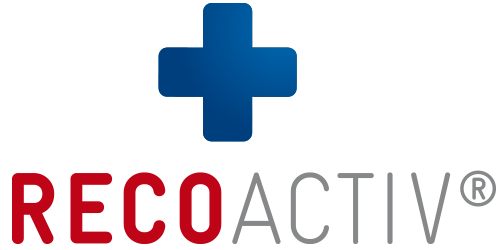Symptoms and characteristics of heart failure in cats and dogs
Animals with heart disease are usually presented to the veterinary practice in the second half of their life. They usually show a reluctance to move and are more sleepy. Another symptom that is common, to a greater or lesser extent, is coughing. The sick animals usually cough in the morning when they get up or when they are excited. If the heart disease is more advanced, the cough can occur throughout the day and be associated with shortness of breath. This can be recognized by the abdominal pressure when breathing. A normal breath should appear even and regular and should be observed during a period of rest, preferably when you are asleep. Crunching your stomach makes your breath appear tight and hectic, even when you are asleep. Another indication of heart disease, but also another disease that affects the airways, can be an increased respiratory rate, i.e. the frequency of breaths per minute. It should not exceed a number of approx. 30 times per minute.
Most heart diseases initially go unnoticed because they begin insidiously and the animal initially shows no impairments. A first sign is a heart murmur that the veterinarian can hear when examining with a stethoscope. However, this is not immediately a cause for concern, but you should continue to monitor it and, depending on the severity of the heart murmur, have a heart ultrasound performed by a veterinarian specializing in cardiology. This is the only way to see to what extent the heart has already been affected by the heart defect.
Causes of heart failure in cats and dogs
Heart disease can be congenital or acquired. Different areas of the heart, such as the heart valves or the heart muscle, can be affected. The heart valves can be altered due to age, but they can also be damaged by high-grade tartar and the associated bacterial colonization. The bacteria in tartar can enter the bloodstream via the gums and thus reach the heart, where they can attack the valve structure.
The heart muscle can dilate, which could also be described colloquially as "wearing out". This condition of the heart is also known as dilated cardiomyopathy (DCM). The heart muscle wall becomes thin and the heart appears enlarged. As a result, the muscle loses its contraction force and can no longer send the required blood into the systemic circulation. This leads to a backlog of blood and pulmonary edema (water in the lungs) can occur. In addition, the organs can no longer be adequately supplied with blood. Dilated cardiomyopathy can occur more frequently in large dog breeds. This condition is often seen in Dobermans.
Another problem to be mentioned here is hypertrophic cardiomyopathy (HCM). The heart muscle increases in thickness and thus becomes “less mobile” and is no longer able to beat with sufficient force. It is a well-known phenomenon in certain pedigree cats, such as the Maine Coon.
Treatment options for heart failure in cats and dogs
Heart disease is usually a progressive process. If a heart murmur has been detected in the animal, it is important to find out what the status of the animal's heart is. As already described above, this can best be assessed by a veterinarian specializing in cardiology and/or heart ultrasound.
An ACE inhibitor is usually used to relieve the heart in order to widen the small vessels and thus reduce the pressure against which the heart has to pump. However, if the heart is no longer able to beat strongly enough, further or other medications are required to improve the heart's beating strength.
The possible backlog of blood in the lungs described above can lead to pulmonary edema, which can be improved by additional drainage.
It is also possible to intervene to support it with certain components of the feed, for example if the animal has reached the second half of its life or has a genetic predisposition to heart disease. L-carnitine and taurine are found in high concentrations in the heart muscle. If there is a deficiency, the heart muscle can no longer contract sufficiently and the cardiac output thus decreases. The blood flow in the body is no longer guaranteed and this leads to reduced blood flow to organs and tissue. The animals are weakened and eat less well, since the lack of blood flow can also lead to further illnesses. Another negative aspect of poor circulation is that body mass is lost and appetite stagnates. If you supplement the feeding with a high proportion of L-carnitine and taurine, as in the RECOACTIV® Heart Tonicum, the heart muscle gains strength and gets the nutrients it needs to be able to contract more strongly again. The tonic is extremely tasty and, in addition to the important nutrients, can also increase fluid intake.
If the animals receive heart medication for dehydration, they lose these often important nutrients such as potassium and vitamins. The RECOACTIV® Heart Tonic provides these in sufficient quantities to prevent a nutrient imbalance. High-quality fats support important functions in the body and also contribute to increased palatability and energy density. Omega 3 fatty acids in particular, which have been added from high-quality oils, support the body in a particularly positive way. Hawthorn, which has long been used as an herbal remedy for heart disease and circulatory disorders, supports blood flow to the heart muscle and can increase the contraction force of the heart muscle. It also has an antioxidant effect by binding free radicals.

